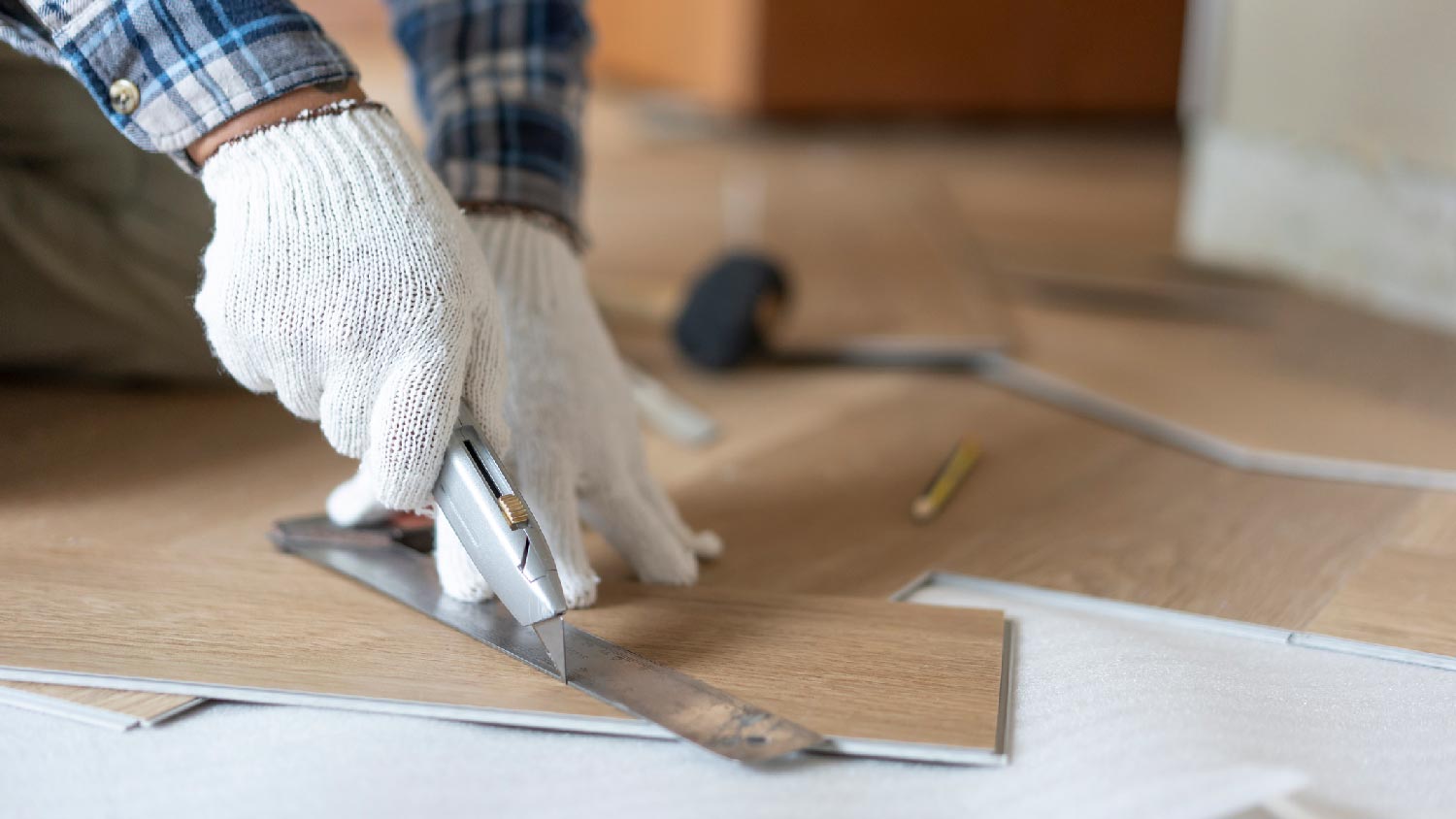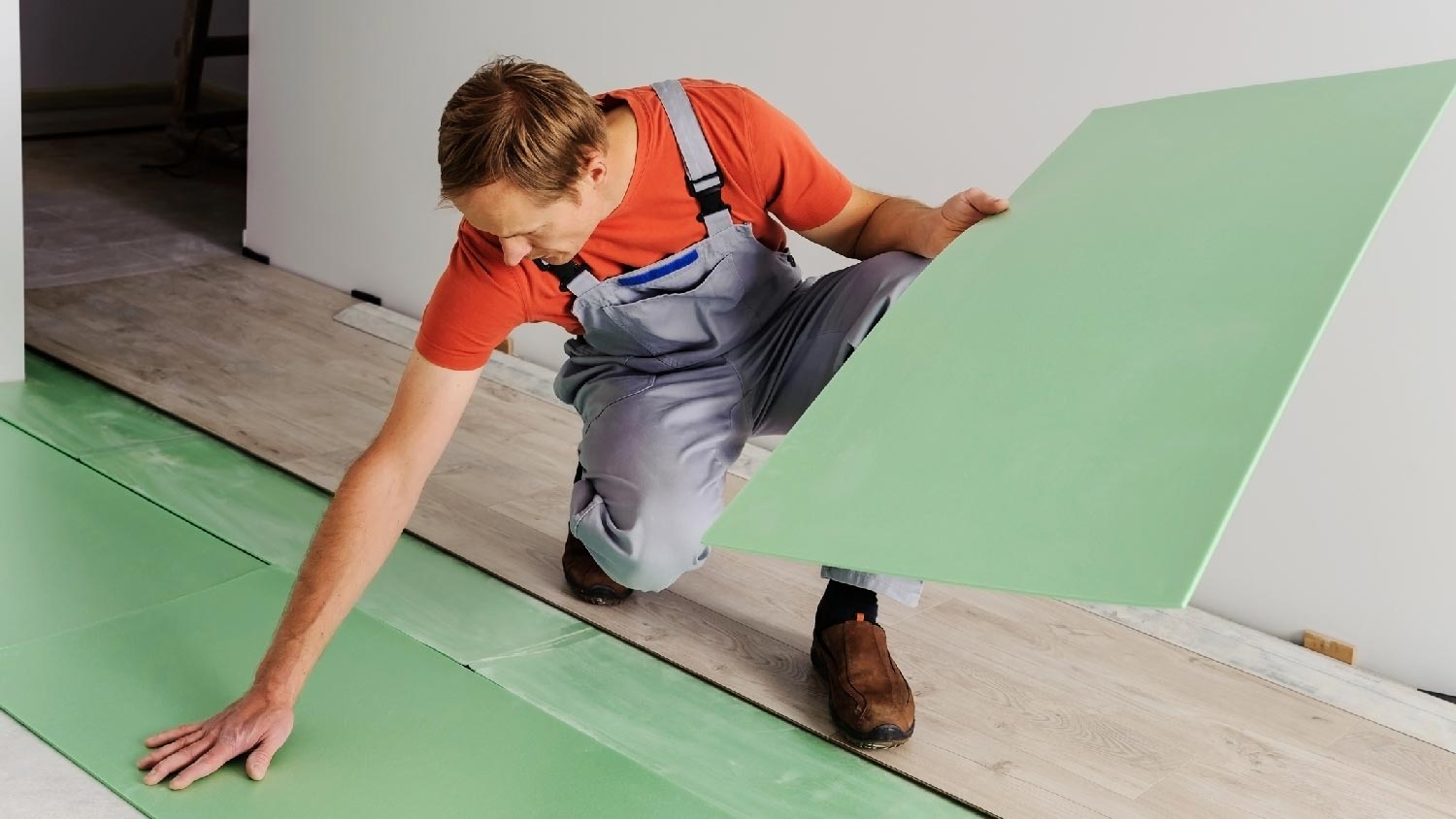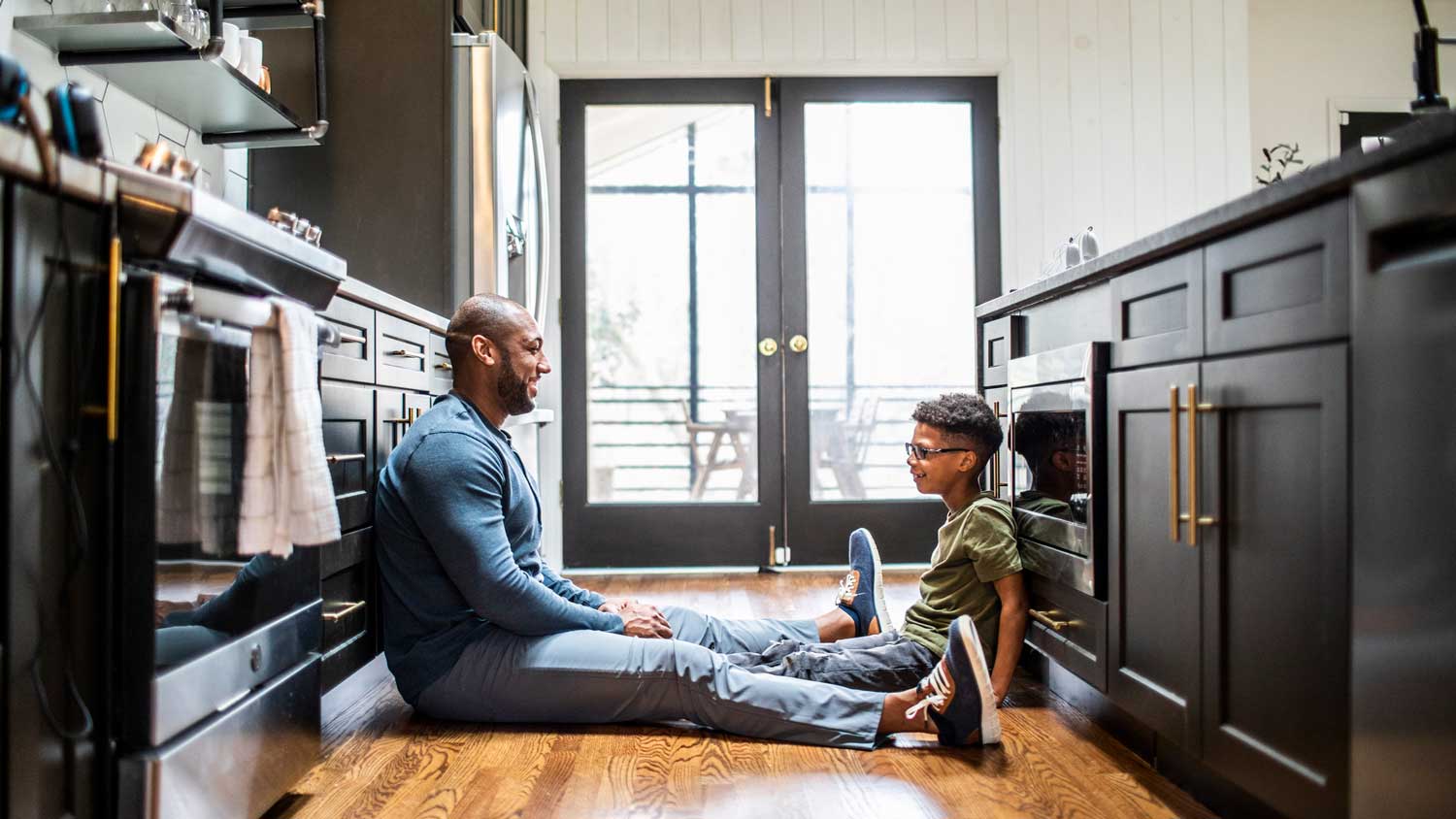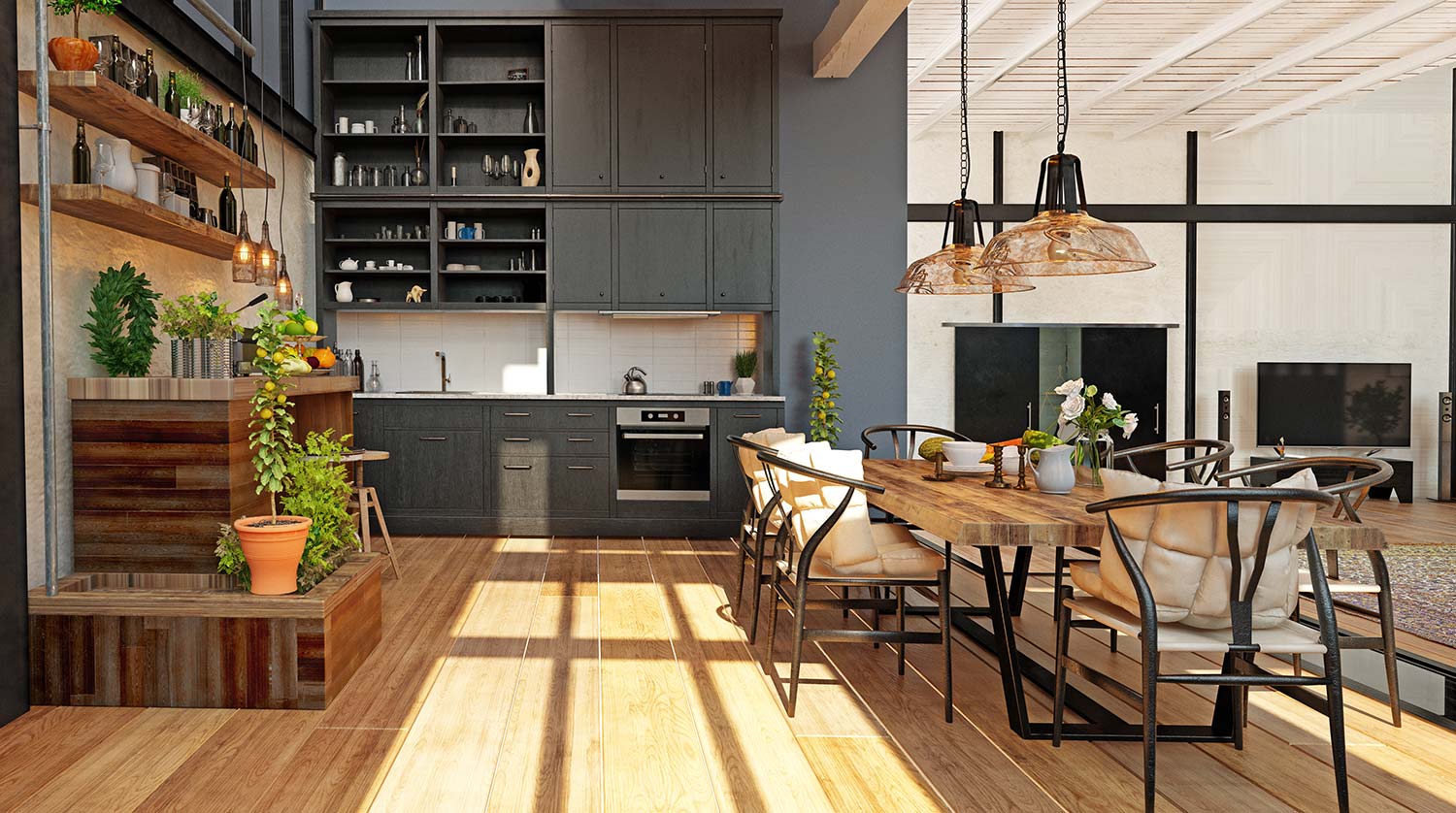
Removing tile flooring is a labor-intensive process. Here’s how much it costs to remove tile flooring, whether you hire the project out or do it yourself.
Don’t get tripped up by this flooring problem


Moisture damage is the most likely cause of buckling laminate floors.
Other culprits include improper installation, damaged subfloors, and inadequate underlayment.
Wiping up spills quickly and managing humidity levels can help prevent laminate floors from buckling.
You can repair minor buckling yourself, but significant damage will need to be addressed by a pro.
Laminate floors are durable, affordable, and easy to install, making them a popular choice with homeowners. But like other flooring types, laminate is susceptible to moisture damage and can buckle or warp if improperly installed. If you’re wondering, why is my laminate floor buckling?, this guide will help you pinpoint the cause and find the best solution.
The most likely cause of a buckling laminate floor is moisture damage. Excess moisture can seep beneath the laminate and cause it to bubble up or buckle. The floor might feel spongy underfoot, and it might appear discolored. If you suspect moisture damage, don’t wait to address the problem.
With the right tools and know-how, you can learn how to repair laminate floor water damage yourself. If the buckling is severe, you may need to replace the damaged laminate flooring planks, as they cannot be repaired. Alternatively, a pro can replace the damaged boards for you.

Before the flooring can be installed, it must be acclimated to the home. This requires leaving the planks in the room where they will be installed for two or three days before installation. If you or your laminate floor installation contractor skipped this step, you’ll likely experience buckling floors.
When installing new or replacement laminate floor planks, let them acclimate to the temperature and humidity level of the room first. Laminate floor installation costs between $1,470 and $4,650—that’s a lot of money to waste if you skip this crucial step.
When you install laminate flooring, you must leave adequate room for expansion. The flooring planks will buckle without these expansion gaps when they expand or contract with normal temperature fluctuations.
When installing new floors, check that you have left expansion gaps around the room's perimeter. If you’re repairing your buckled floors, check the spacing when installing replacement planks.
You’ll likely experience buckling laminate flooring planks if your subfloor is uneven or damaged. The subfloor is the base on which your laminate floor sits; if it has issues, your floor will follow suit.
Check the condition of your subfloor before installing laminate flooring and make any necessary repairs. Remove the buckled planks and inspect the subfloor if you suspect your subfloor is damaged beneath your existing laminate floor. The cost to replace subflooring falls between $900 and $3,000.

Without an underlayment, a laminate floor is more susceptible to damage from moisture, humidity, and temperature changes. A concrete subfloor requires a moisture barrier to prevent moisture soaking into the floor from underneath.
Check to see whether you have the proper underlayment installed. Some types of underlayment just provide a vapor barrier, while others offer insulation and soundproofing properties.
If the humidity level in your house is too high, your laminate floors could buckle. The U.S. Environmental Protection Agency recommends keeping the humidity level in your home between 30% and 50%. If the level exceeds that, your floor could suffer the consequences.
There are several ways to control humidity levels in your home. Keeping your HVAC system in good shape by replacing the filter regularly and checking for leaks in the ductwork will help. You can also install a dehumidifier to decrease the moisture levels in your home. A whole-house dehumidifier costs $1,300 to $2,800 to install.
If the laminate floor buckling is relatively minor, you can often repair it yourself. However, you must be comfortable with an intermediate DIY project to tackle laminate floor repair. If your skill level is more basic, or the damage is severe, the best solution is to call a pro.
A local floor repair company can inspect the buckling planks and determine the cause of the problem. Then, they can fix any underlying issues causing the buckling and replace any damaged boards with new ones. A pro will ensure your floors are correctly installed to avoid any future buckling or warping issues.
From average costs to expert advice, get all the answers you need to get your job done.

Removing tile flooring is a labor-intensive process. Here’s how much it costs to remove tile flooring, whether you hire the project out or do it yourself.

Most people wrap floor removal into a larger project, but the itemized cost to remove laminate flooring depends on the size and state of the floor.

Sagging floor repair costs vary considerably depending on the type and extent of the damage and the flooring material.

If you have a messy garage, a fresh coat of paint can make a big difference. This guide will show you how to paint a garage floor the right way—totally DIY.

Floor joists are an important part of your flooring system. Learn more about what a floor joist is, what it does, and when to repair it.

Discover the true wood tile flooring cost and learn about installation, labor, and material prices, plus tips to save on your wood tile flooring project.